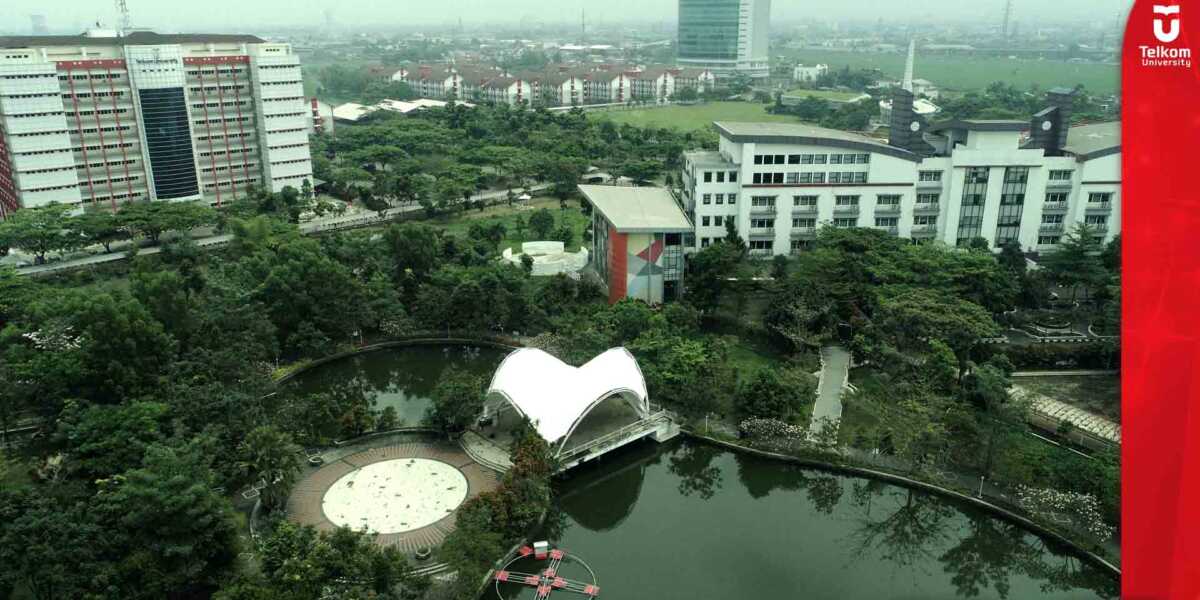BANDUNG, Telkom University – As part of Telkom University’s contribution in boosting agricultural productivity, research and innovation are conducted to support this strategic sector. Using a radar system, Telkom University has developed a method for mapping groundwater content on agricultural land or plantations. Specifically, the developed technology is used to facilitate precise fertilization on tea plantations.
The research project was conducted by Dr. Aloysius Adya Pramudita, a researcher from the School of Electrical Engineering (FTE) at Telkom University. Adya and his team aim to increase the productivity and efficiency of the agricultural and plantation industries by applying the precision agriculture concept to the management of fertilization activities as part of their research. Precision in fertilization can increase productivity.
“The concept is implemented by multiplying the ability to process information; the most important information that we manage is groundwater content data. Information on the groundwater content is used to determine and regulate the timing of fertilization and to estimate the amount of fertilizer required for effective and efficient fertilization,” he said.
Adya explained that this instrument can address the issue of inaccurate land data as a reference for the fertilization procedure. Previously, plantation owners and farmers estimated soil water content based on weather conditions and precipitation data. As a result, on a very extensive plantation area, it is possible that this information is inaccurate.
“Therefore, if the fertilization procedure is not conducted correctly, it may not be on time or in the proper quantity. In the case of tea plantations, fertilization accounts for 40 to 60 percent of production costs.” Aditya elaborated.
Since 2015, the research process has been conducted, which began with fundamental research and has been developed and accelerated since 2021, with the support of funding sources from the Education Fund Management Institute (LPDP). Until 2024, this technology’s new features will continue to be developed.
“According to the research roadmap, we will implement the achieved research results this year in 2023 and conduct development research to produce new features for this technology, so that it is not only a decision-making system for precision fertilization but it can also collect other types of land data using the GPR (Ground Penetrating Radar [1]) System.” Adya said.
Author: Adrian | Editor: Daris Maulana | Photo: Doc
[1] a system for detecting objects buried beneath the surface of the ground by utilizing the phenomenon of electromagnetic waves.

